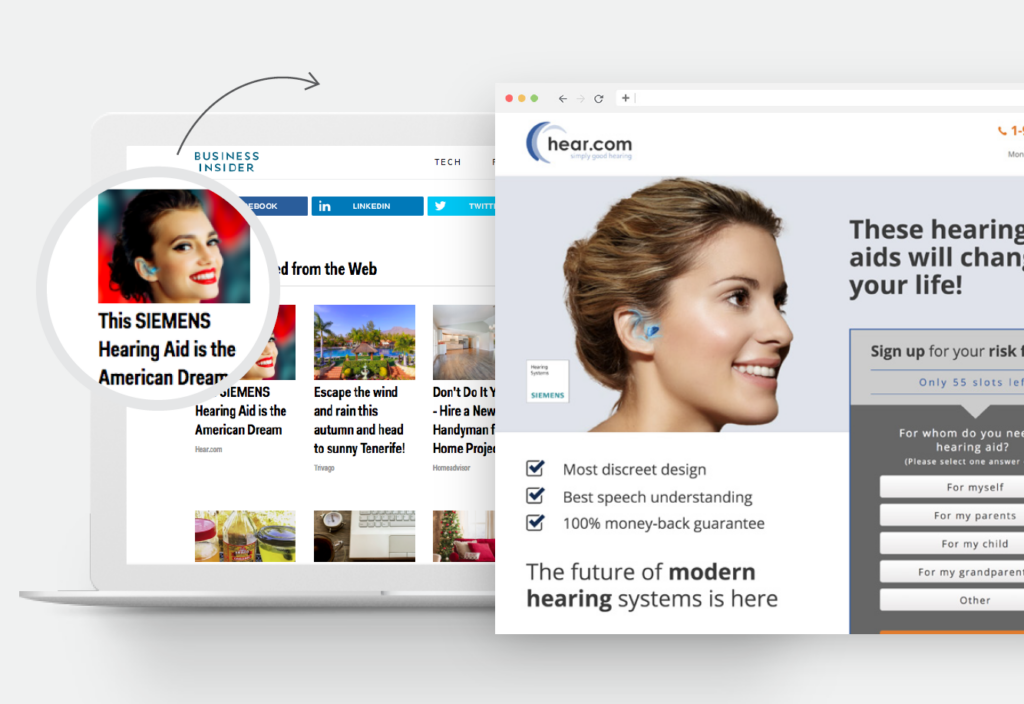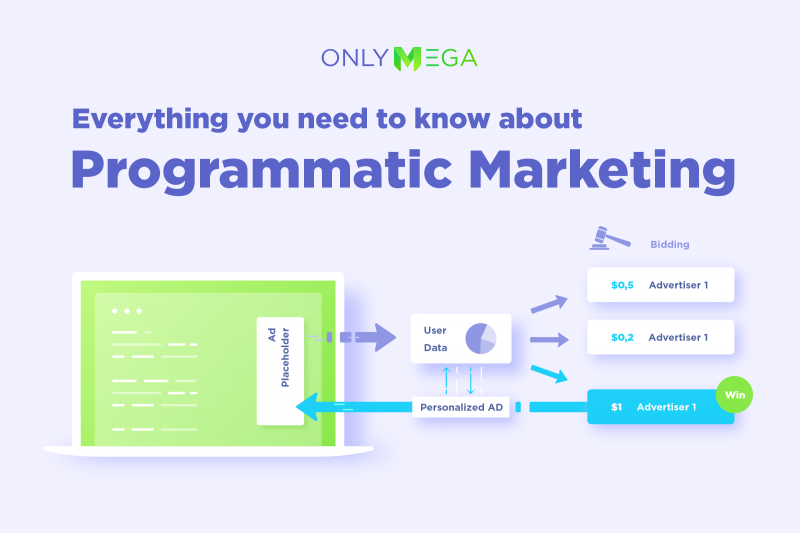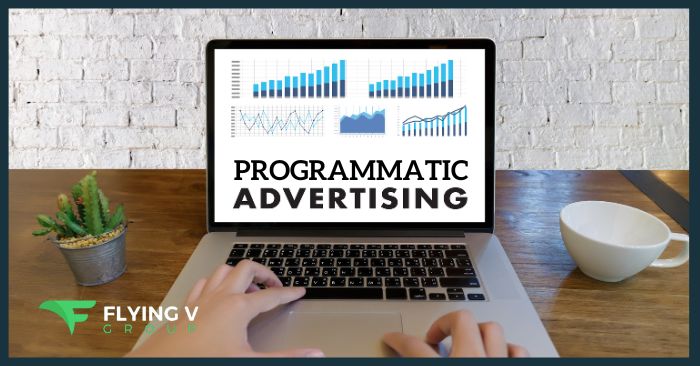There are two main ways to get your message out there in digital advertising: Programmatic vs Native Advertising. Each approach has its advantages and challenges.
Knowing the difference between these two strategies is essential if you’re a marketer trying to figure out the best way to reach your audience.
With so many options, understanding the ins and outs of programmatic vs. native advertising can help you make informed decisions and maximize your advertising budget.
- Choosing the Right Path: Programmatic vs Native Advertising
- Defining the Terms: Programmatic Advertising
- The Future Landscape: Programmatic vs Native Advertising
- FAQ
- 1. What is the fundamental difference between programmatic vs native advertising in the digital landscape?
- 2. How does programmatic advertising excel in reaching a broader audience compared to native advertising?
- 3. Can you elaborate on the challenges that native advertising faces in comparison to the efficiency of programmatic advertising?
- 4. How does the user experience differ between programmatic vs native advertising?
- 5. Are there specific scenarios where a hybrid approach combining programmatic vs native advertising is recommended?
Choosing the Right Path: Programmatic vs Native Advertising

Image from Taboola Blog
Programmatic vs native advertising choice usually depends on what an advertiser wants to achieve and their preferences. Programmatic advertising is good at reaching many people through different channels efficiently and strategically.
On the other hand, native advertising is great at creating a seamless and engaging user experience. This is perfect for brands that want to build a more natural and integrated presence.
Sometimes, a combination of programmatic vs native advertising can be the best solution.
By using the efficiency of programmatic ads and the subtlety of native ads, marketers can make campaigns that work well on various platforms and resonate with their target audience.
Defining the Terms: Programmatic Advertising

Image from Only Mega
This creates a more natural and enjoyable interaction between the audience and the brand. As a result, customers are more likely to engage with the ads that blend in with the platform they are using.
Moreover, native ads have a better chance of grabbing our attention than traditional ads, which are often ignored or blocked by our subconscious. This is because native ads blend in so well with the platform that we don’t even realize we’re looking at an ad.
However, native advertising can be a tough nut to crack. It requires marketers to balance blending in with the platform and maintaining the brand’s identity.
The challenge here is that native advertising is used across various platforms, each with its audience and characteristics. Marketers must understand these distinctions to create content that fits naturally on each platform.
Another challenge is to create content that feels like something other than an ad. The goal is to make the content blend in with the natural flow of the platform without compromising the brand’s identity. It’s a balancing act that requires expertise and experience to get it right.
Lastly, native advertising is about telling stories that resonate with the audience. However, marketers have to be creative and make those stories engaging in a concise amount of time.
They must quickly capture the audience’s attention, even with limited space. It’s an art form that requires skill, effort, and creativity to make the most impact.
The Future Landscape: Programmatic vs Native Advertising
As digital advertising continues to evolve, it’s becoming harder to tell the difference between programmatic vs native advertising. Nowadays, many advertising platforms offer both ads in the same campaign, giving advertisers the best of both worlds.
This is a sign that the industry is keeping up with the times and that businesses must stay updated with the latest trends.
To sum up, digital advertising can be tricky to navigate, but it’s essential to understand programmatic vs native advertising. Programmatic ads are great for automating the process and targeting specific audiences, while native ads are designed to blend in with the user experience.
By understanding the benefits of both approaches, advertisers can create campaigns that connect with their audience. As a result, achieve meaningful results in the ever-changing digital world.
FAQ
1. What is the fundamental difference between programmatic vs native advertising in the digital landscape?
The key difference between programmatic vs native advertising lies in their approach. Programmatic advertising employs automated systems and algorithms to purchase ad inventory in real-time, optimizing targeting and efficiency. On the other hand, native advertising focuses on seamlessly integrating with the natural content of a platform, providing a more organic and non-disruptive user experience.
2. How does programmatic advertising excel in reaching a broader audience compared to native advertising?
With its automated buying process, programmatic advertising allows marketers to simultaneously extend their reach across diverse channels. This scalability empowers advertisers to connect with a broader audience efficiently, making programmatic a preferred choice for those seeking expansive exposure. Native advertising, while effective in specific contexts, may face challenges in achieving the same level of widespread reach.
3. Can you elaborate on the challenges that native advertising faces in comparison to the efficiency of programmatic advertising?
Despite its advantages, native advertising encounters challenges such as customization limitations and difficulty maintaining consistent messaging across diverse platforms. Programmatic advertising overcomes these challenges with its automated precision by offering standardized formats and robust measurement tools. This efficiency ensures a smoother campaign execution and evaluation process compared to native advertising.
4. How does the user experience differ between programmatic vs native advertising?
Regarding user experience, native advertising strives for subtlety and integration, seamlessly blending into the platform to provide a more cohesive encounter. While efficient, programmatic advertising may appear more interruptive due to its automation. The distinction in user experience becomes crucial for marketers aiming to balance visibility and user engagement in their campaigns.
5. Are there specific scenarios where a hybrid approach combining programmatic vs native advertising is recommended?
Yes, in specific scenarios, a hybrid approach that combines elements of both programmatic vs native advertising can be highly effective. Marketers can leverage the efficiency and precision of programmatic advertising while incorporating the subtlety and user-centric approach of native ads. This hybrid strategy enables advertisers to create well-rounded campaigns that resonate across various platforms, demonstrating the versatility needed to navigate the complexities of the digital advertising landscape.






0 Comments